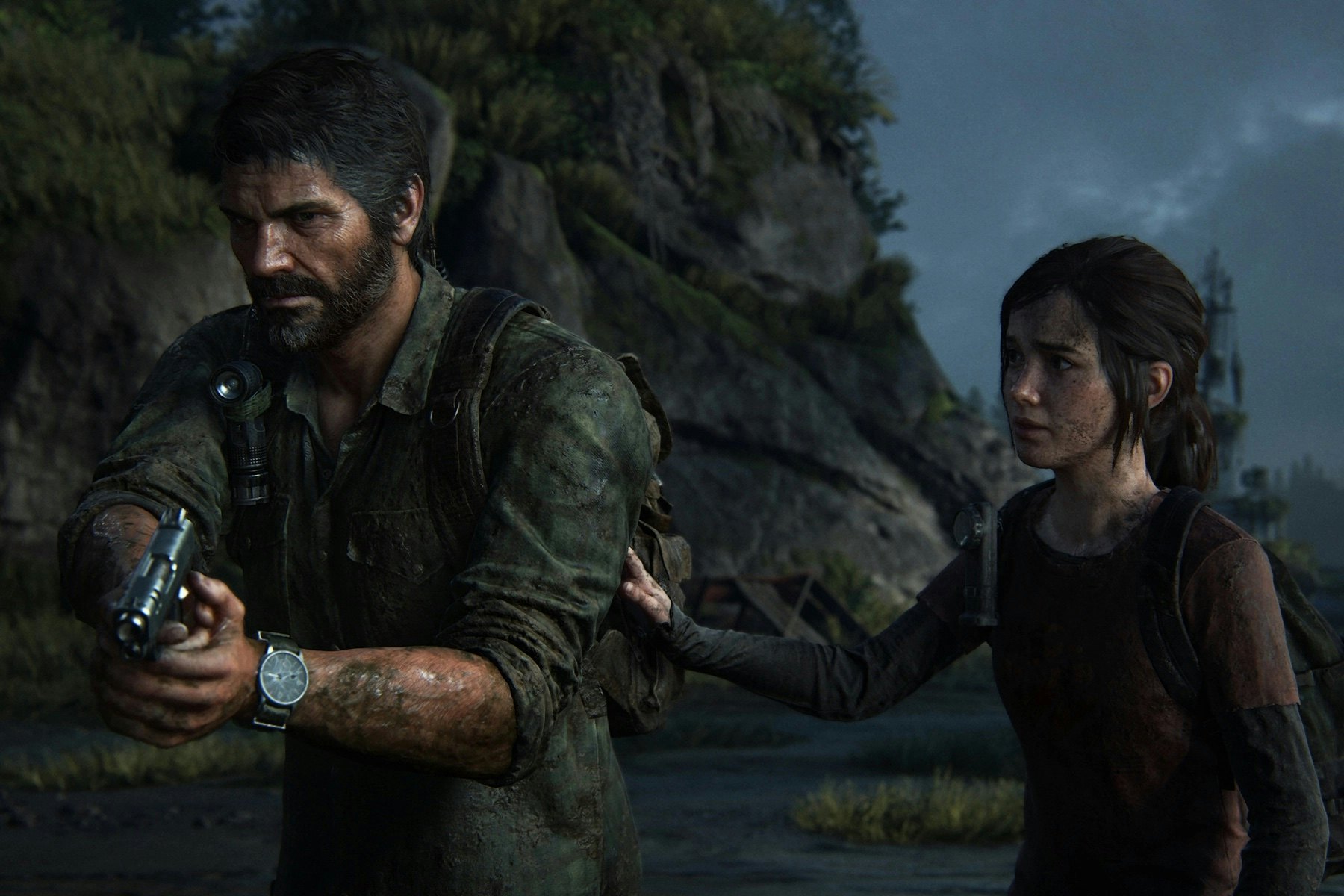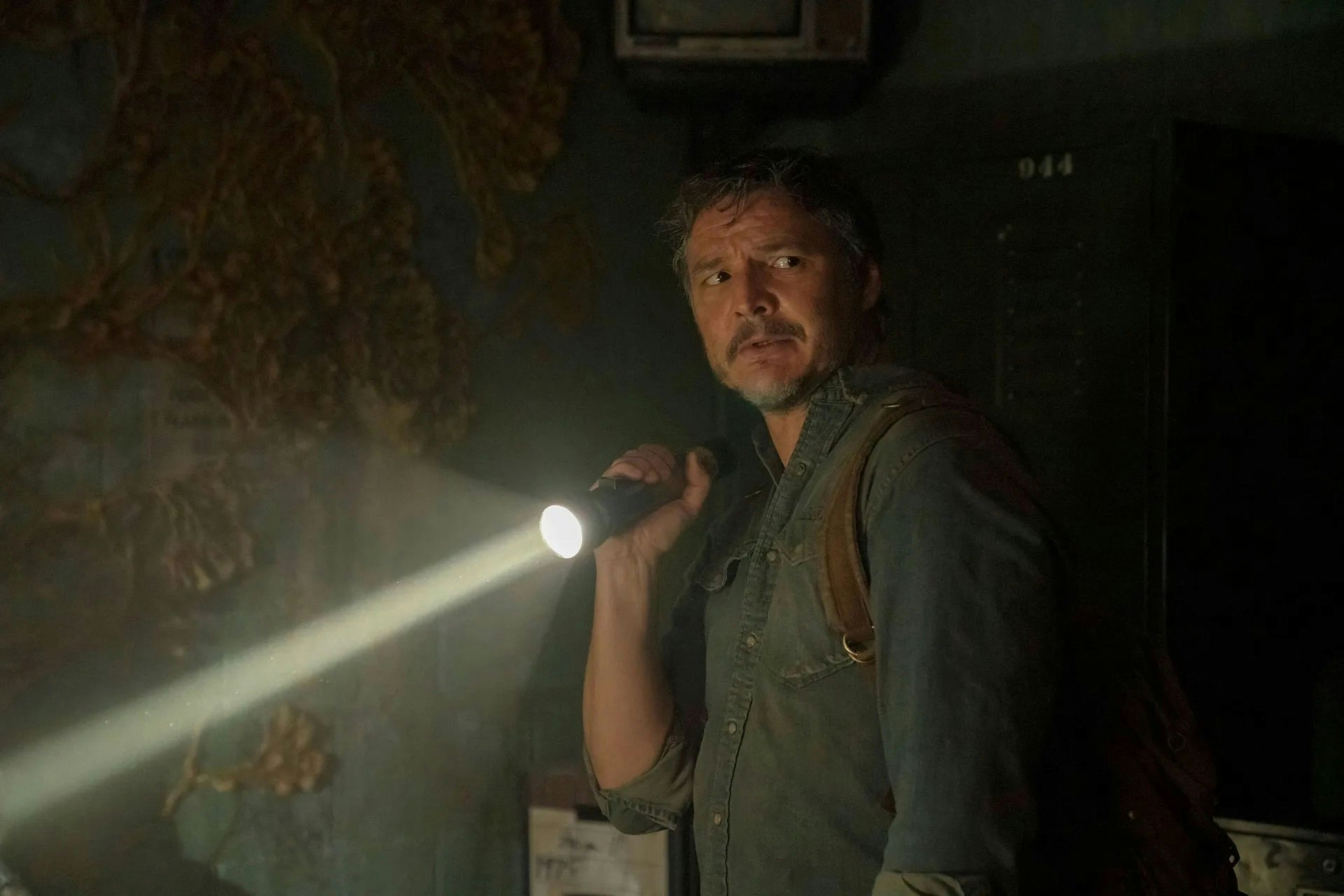
One of the most striking things about the first episode of The Last of Us is how faithful it is to the game it’s based on. The series, which is set primarily 20 years after a human-borne fungal infection has decimated the human population, follows the plot of the game with the kind of faith typically reserved for the deeply religious. Although the show starts with a wholly invented scene, it then shifts very quickly into a prologue ripped right from the start of the game. And, perhaps more to the point, the prologue is dramatically compelling in a way that most video game adaptations are not.
As many have already noted, The Last of Us seems like it could finally break the curse of terrible video game adaptations. In fact, it could prove to be one of the year’s great shows. That’s in large part because this show has an advantage that most video game adaptations don’t: The Last of Us was already a lot like a TV show.
Warning: Spoilers for The Last of Us game below.
Take that prologue as an example. It introduces us to Joel (Pedro Pascal) as well as his daughter Sarah (Nico Parker) and his brother Tommy (Gabriel Luna), and is set on the day the fungal outbreak hits Texas and Sarah dies.
The faithfulness of the prologue gives us a firm sense of what this show knows about the strength of its source material. It’s extended, to be sure, to give us a firmer sense of Sarah and Joel’s relationship, but the plot beats are all there: Joel leaves in the middle of the night, Sarah wakes up alone, Tommy and Joel drive through the chaos of the apocalypse, and Sarah is ultimately shot by a soldier. All Craig Mazin, who created the show alongside game creator Neil Druckmann, had to do was know how to take a story that already worked and expand it for TV.
The Last of Us game was cinematic from the start. From its very first moment, the game tells one linear story with two central characters. It follows these characters as they travel across the country from location to location. Even better, they both have tragic backstories that give you a deeper understanding of how they interact with the world and one another.
The game is even split conveniently into what could be described as chapters or episodes. As Joel and Ellie make their way across the country, they interact with different communities and meet new people. Each locale is an episode in and of itself, one where Joel and Ellie see how this disease has broken people in hundreds of different ways. It’s old-fashioned TV-style storytelling in a way that even most TV today isn’t; stories are broken into chunks and each chunk has a different setting, or different supporting characters, or both. It’s clear that The Last of Us was always destined for the screen — but it also shows that it is the exception to the “video game curse,” not the new standard.

Take another recent video-game TV adaptation: Halo, which has more barriers in adaptation. The game’s protagonist, Master Chief, is designed not as a character, but as a cipher for the player to inhabit. The world he exists in doesn’t really resemble ours, and is instead designed to be explored and discovered.
In an Assassin’s Creed game, there’s always a plot, but very few people play the game to live through it. Instead, players are there to explore Victorian-era London, ancient Egypt, or wherever the game you’re playing happens to be set. If you want to, you can skip the cutscenes altogether and return to your playthrough without feeling like you missed much. It’s no wonder that this open-world format didn’t transfer neatly to the big screen.
The same can be said of something like Warcraft, which is attempting to take an interactive, open-world multiplayer game and condense it into a narrative that someone might want to passively watch. The joy of World of Warcraft is in the playthrough and the interaction, not the story.

Most video games are, by their very nature, not thought of in such prescriptive and grounded terms. They’re designed for play and exploration, not the kind of careful narrative precision that characterizes great TV. When adapted to TV, most games lose the sense of exploration and openness that is part of their appeal.
The Last of Us doesn’t have that problem. Its story is why most people enjoy it. It’s an exception to the curse that many video game adaptations face because the game’s story feels so ready-made for adaptation. That doesn’t mean the show will definitely be great. What it does mean, though, is that Mazin and Druckmann are starting with a leg up.
The Last of Us airs Sunday nights on HBO.



!["[T]he First and Fifth Amendments Require ICE to Provide Information About the Whereabouts of a Detained Person"](https://images.inkl.com/s3/publisher/cover/212/reason-cover.png?w=600)



